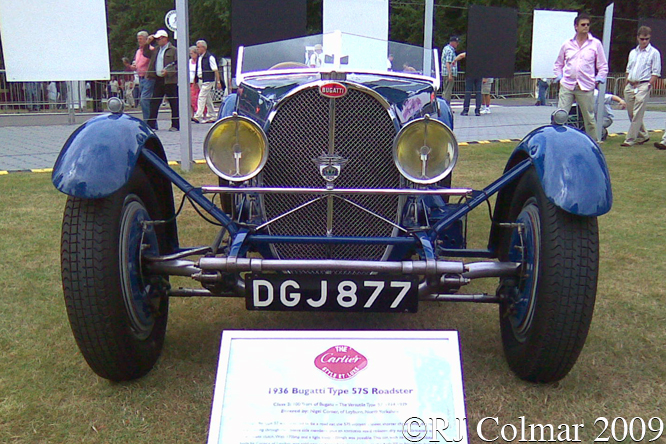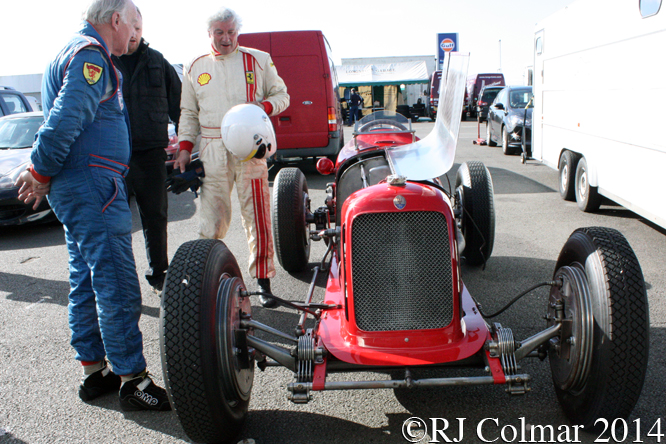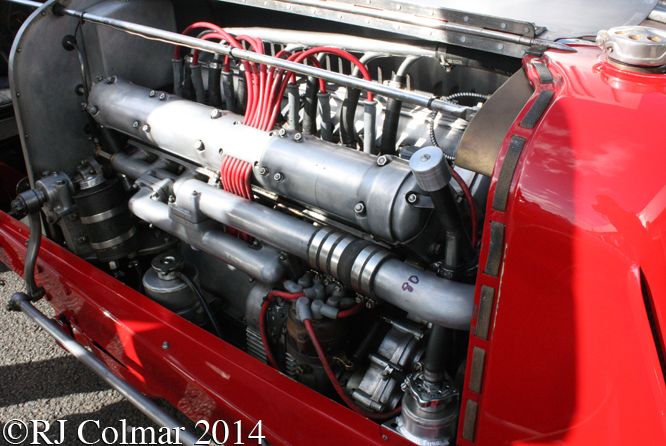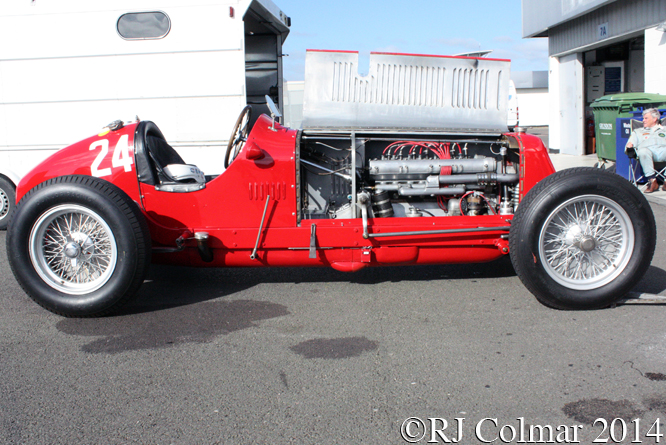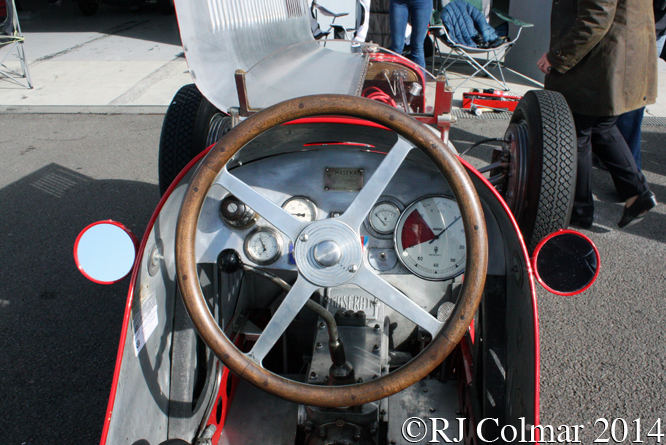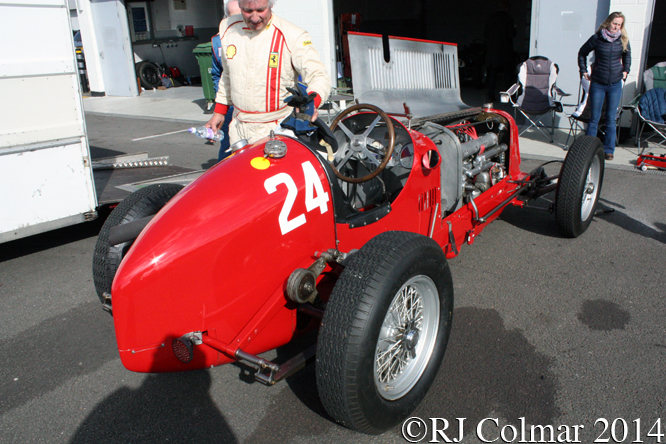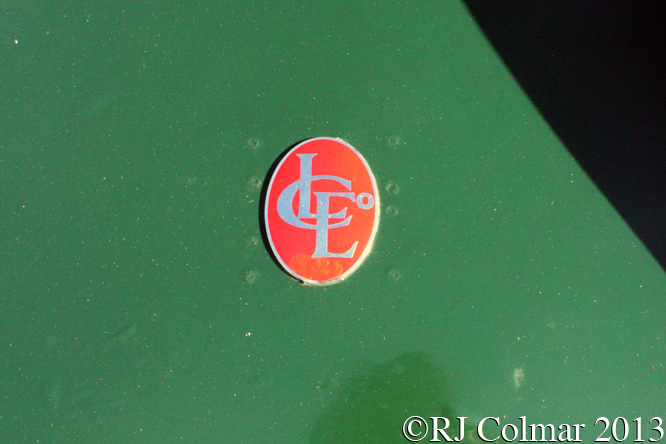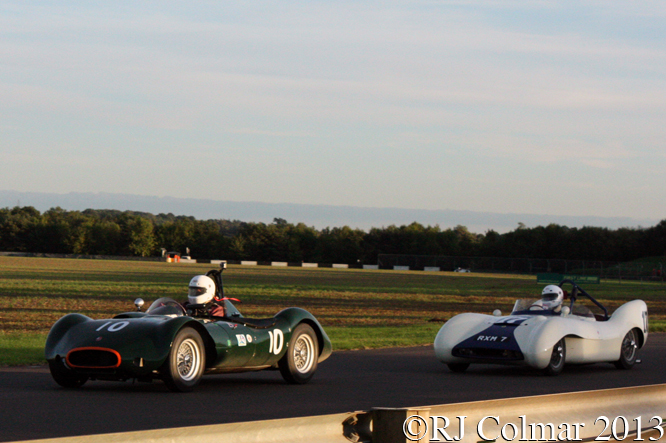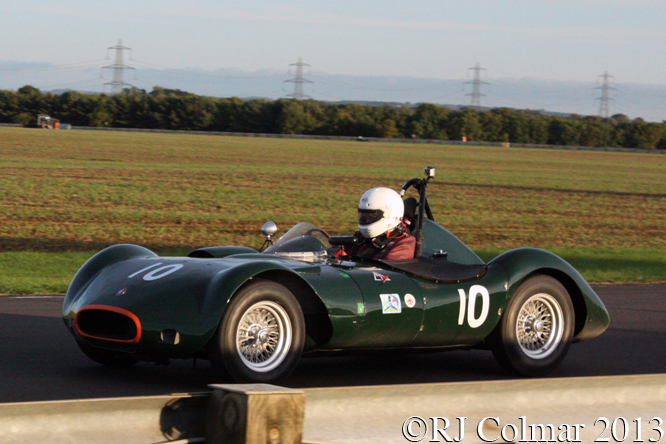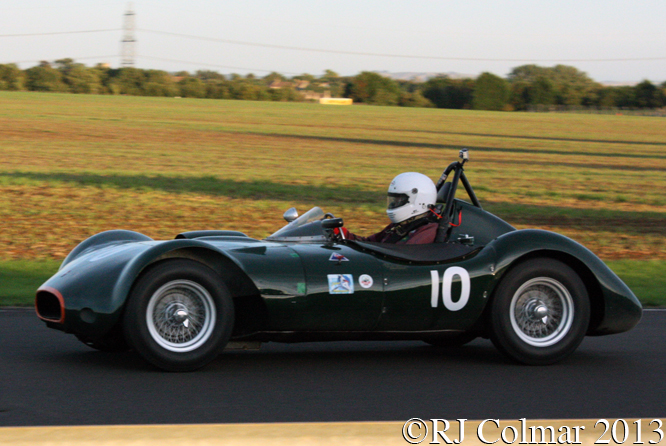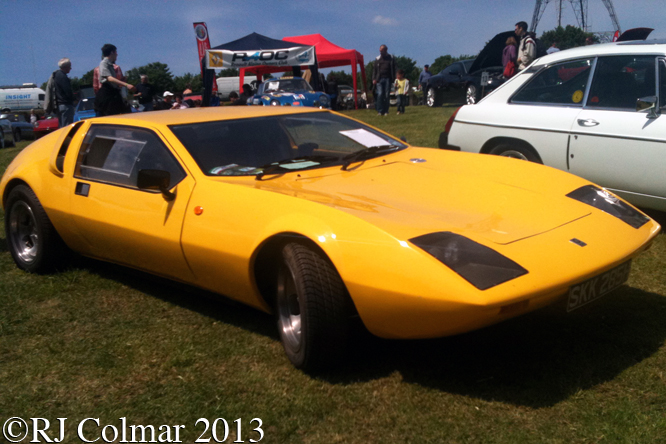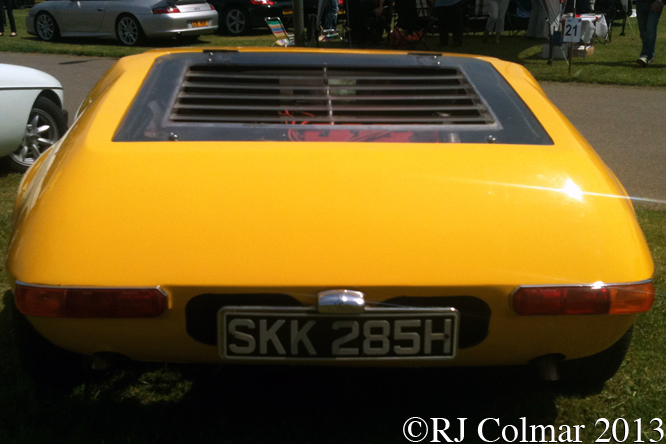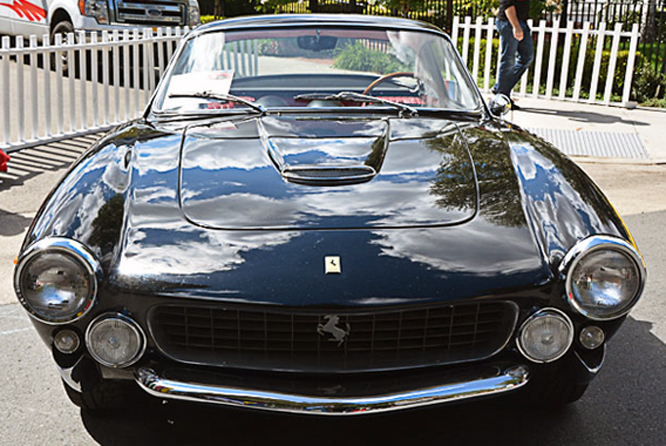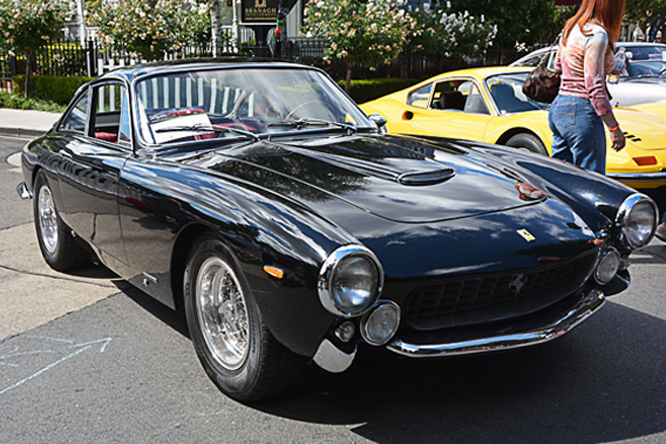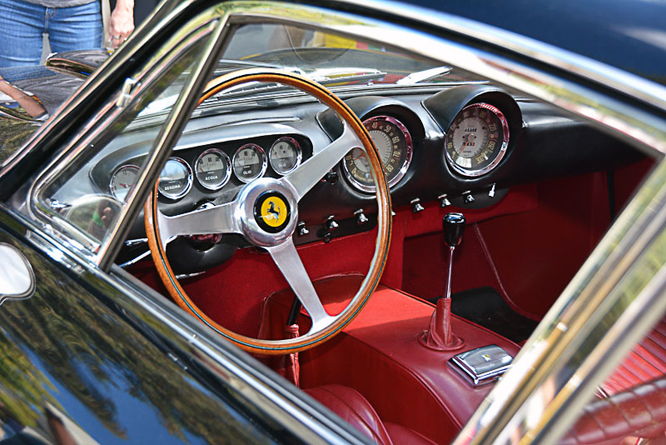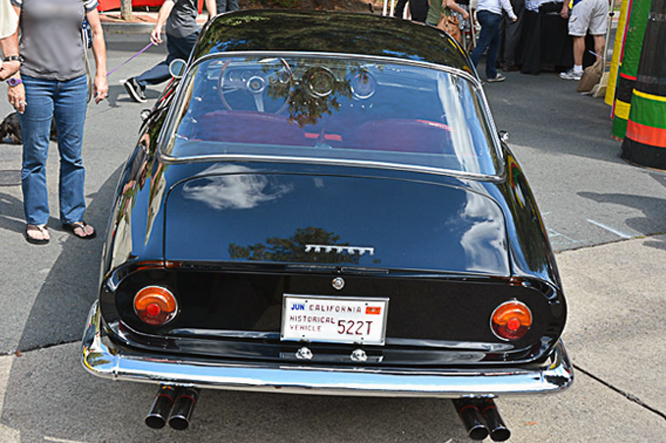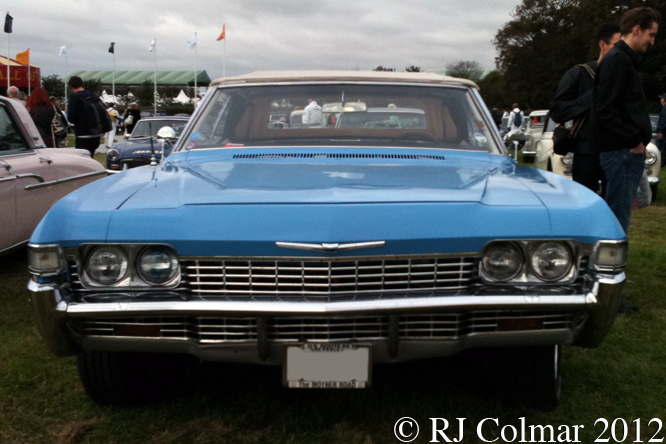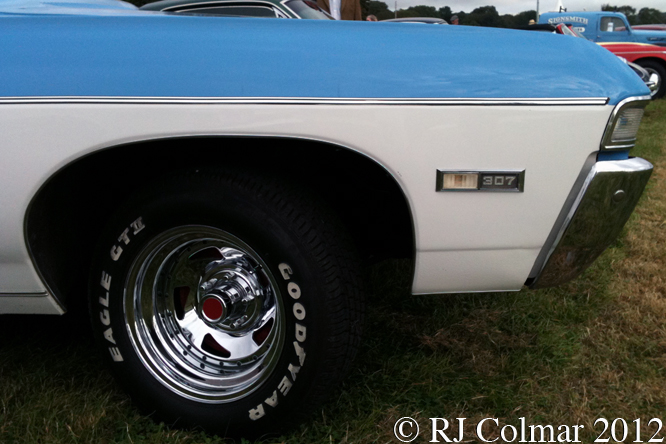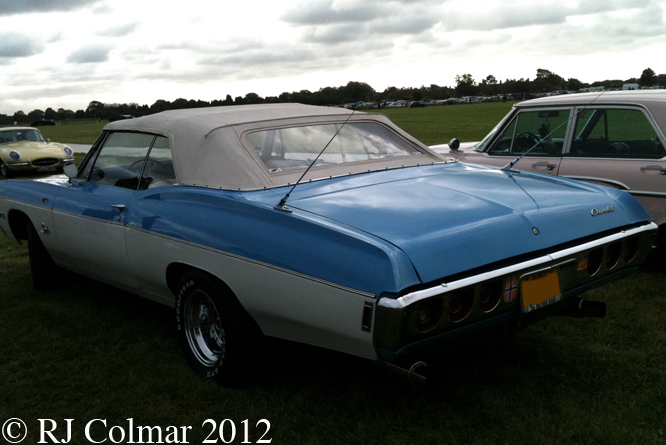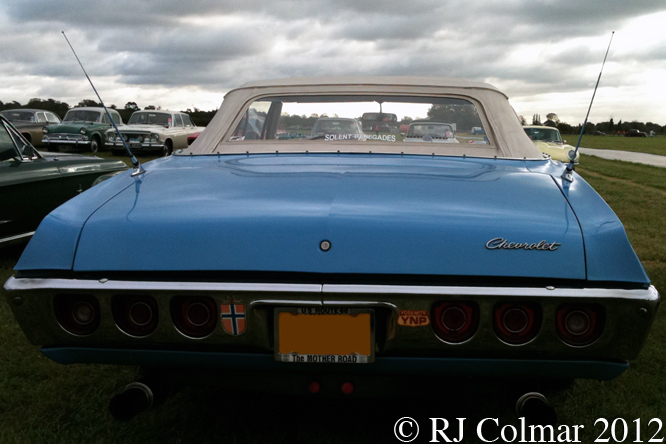In 1973 Mitsubishi launched one of it’s most successful vehicles in the form of the 4 door tin top Lancer of which 6 million examples had been built by 2008. Spanning 5 model generations name variations according to specific markets included; Colt Lancer, Dodge/Plymouth Colt, Chrysler Valiant Lancer, Chrysler Lancer, Eagle Summit, Hindustan Lancer, Soueast Lioncel, Mitsubishi Mirage, Mitsubishi Galant Fortis and Mitsubishi Lancer Fortis.
Mitsubishi became the second Japanese manufacturer to win the East African Safari Rally in 1974 when Joginder Singh and David Doig beat Björn Waldegård and Hans Thorszelius driving a much faster but unreliable Porsche 911. Joginder and David won the Safari Rally, as it had by now become known in 1976, again driving a 1600 Lancer GSR.
In In the 1980’s Mitsubishi’s officials motorsport programmes were placed in the hands of Ralliart with former Rally Driver Andrew Cowan playing a prominent role. In 1996 Ralliart signed Tommi Mäkinen to drive it’s works Mitsubishi Lancer Evolution III Rally cars and the combination won not only the 1996 Safari Rally but also the 1996 World Rally Drivers Championship.
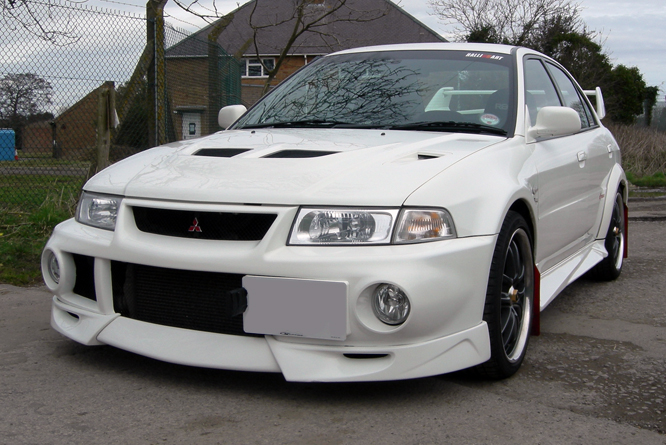
Driving successive Evo IV, V and VI models Tommi won 3 more consecutive World Championships with Mitsubishi also winning the manufacturers title in 1998. By the end of 2001 Tommi had racked up 22 World Rally wins in Ralliart prepared Lancers.
Alongside it’s rally preparation business Ralliart also upgraded cars for customers and sold a range of performance goodies and today’s featured car, owned by fellow Bristol Pegasus Motor Club member Trevor Hartland is one that was upgraded by Ralliart.
Today’s featured car started life as a Mitsubishi Lancer Evolution VI RSII, a model close to the top of the factory finished performance tree with the Anti Yaw Control (AYC) and Anti Lock Brakes (ABS) deleted to save weight and give the driver maximum control.
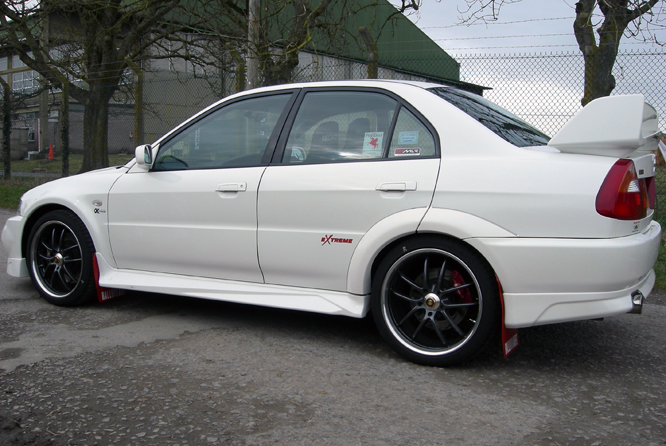
The Ralliart Evolution VI RSII “eXtreme” upgrade package included 18 inch wheels, lowered suspension with new bushes and top mounts, high ratio steering rack (just two turns lock to lock), plenty of interior and exterior carbon fiber.
A special Electronic Control Unit boosted the power up to 340hp with 303lb/ft torque at 3000 rpm enough to take one from rest to 60 mph in just 4 seconds, only 26 Evo VI RSII’s were upgraded to “eXtreme” spec plus an additional older Evo V. Today’s featured car is the 11th of the 26 Evo VI RSII “eXtreme” models.
The RS450 was a UK spec only upgrade on the “eXtreme” which was fitted to just four vehicles of which only three remain. The more or less competition RS450 spec includes among many more items a Ralliart blue printed motor with competition spec crankshaft,connecting rods, forged pistons, with high lift cams competition gasket, lightened valves.
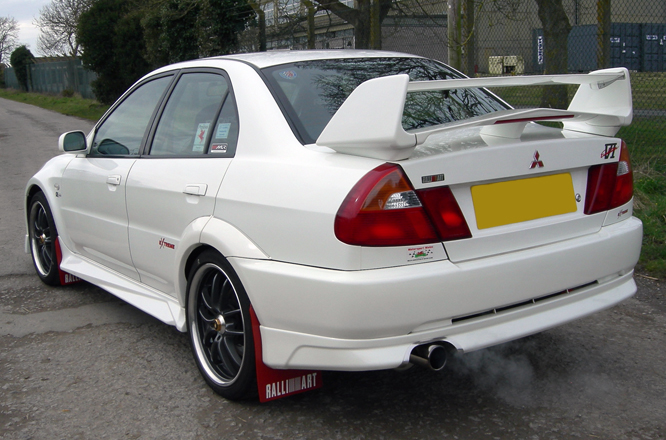
For swift gear changes a phosphor bronze gear linkage bush kit was fitted, while the suspension is Group N, National competition spec with Ralliart strut braces front and rear and the brakes are to match.
The RS450 name was chosen because it was intended that the model would produce 450 lb per foot torque but the final figure was just over 380 lb per foot torque, enough described as “psychotic” by one commentator, to reach 60mph from rest in just 3.8 seconds and 100 mph in 8.8 seconds, not bad for a vehicle that cost £45,000 new in 2000.
Trevor’s car was the only white RS450 built and uniquely does has a colour coded rear wing at the original owners request after he was less than enamoured with the original red one. In 2001 this car covered the 1/4 mile Brighton speed trials in 12.53 seconds for a class winning 119mph run.
When Trevor last had his pride and joy tested on a rolling road the motor was conservatively mapped to produce 449 hp and 469 lb per foot torque with 1.8 bar of boost !
My thanks to Trevor Hartland for sharing these photo’s of his rare Mitsubishi Lancer Evolution VI eXtreme RS450.
Thanks for joining me on this “A Psychotic Car” edition of “Gettin’ a li’l psycho on tyres” I hope you will join me again for Americana Thursday tomorrow. Don’t forget to come back now !


